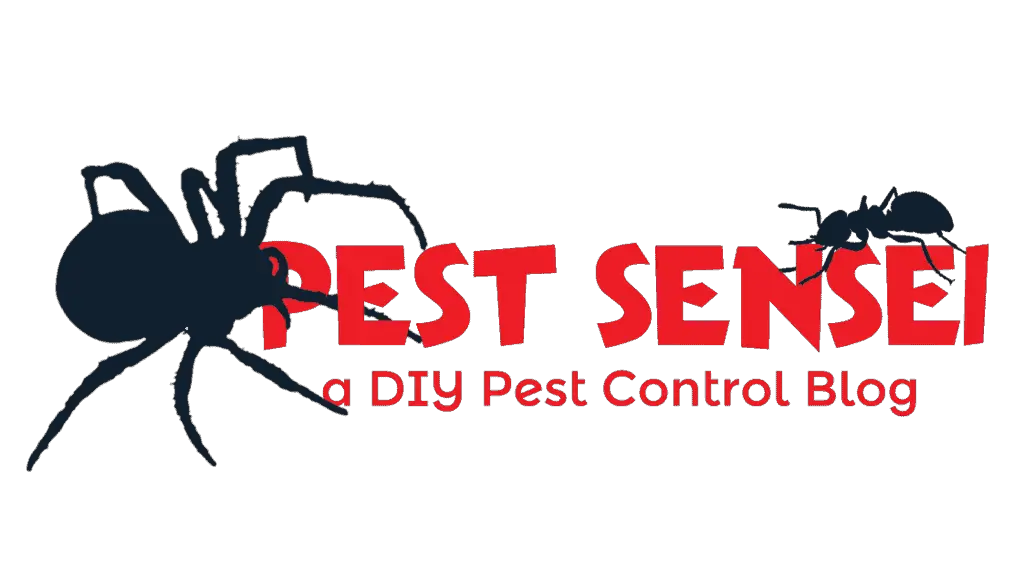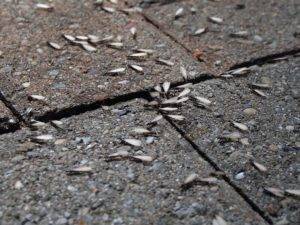Flying ants, also known as alates or swarmers, are seasonal pests that can be quite bothersome. Not only do they disrupt your outdoor activities, but they also create a mess that requires cleaning. Moreover, there is a risk of them entering your house and initiating a new infestation. This guide aims to provide you with effective strategies to eliminate flying ants and regain control of your surroundings.
What are Flying Ants?
Flying ants are the reproductive members within ant or termite colonies. They can be either male or female, and play a crucial role in reproduction and the establishment of new colonies.
It is important to note that while termites may resemble ants and share certain behaviors, the damage they cause and the methods to control them differ significantly.
Here’s a table of comparisons between ants and termite alates.
| Characteristics | Ant Alates | Termite Alates |
|---|---|---|
| Wings | Forewings are longer than hindwings. | Forewings and hindwings are of the same length |
| Waist | Narrow waist | Waist as broad as abdomen |
| Antenna | Elbowed antenna | Straight antenna |
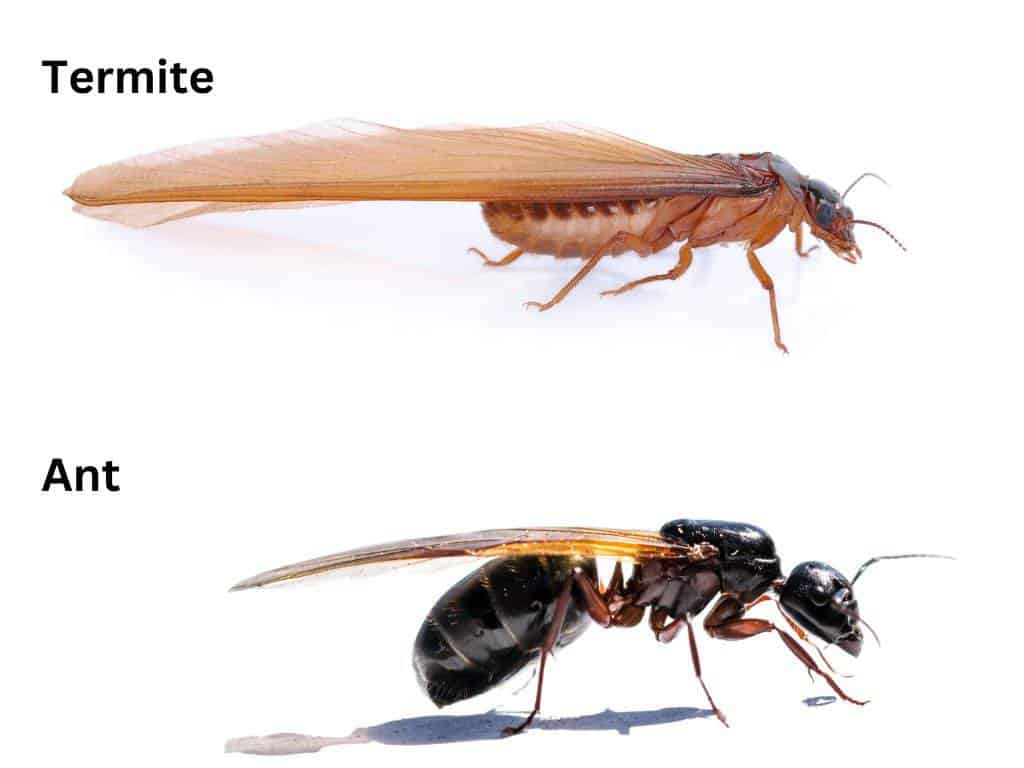
Where do Flying Ants Come from?
Flying ants or alates emerge from ant and termite nests, which are typically located outdoors. In rare instances, flying ants may even originate from indoor structures, indicating the presence of an indoor infestation.
One common attraction for flying ants is artificial light sources, drawing them towards illuminated areas. They even enter houses through gaps when lights are turned on.
Why do Flying Ants Suddenly Appear?
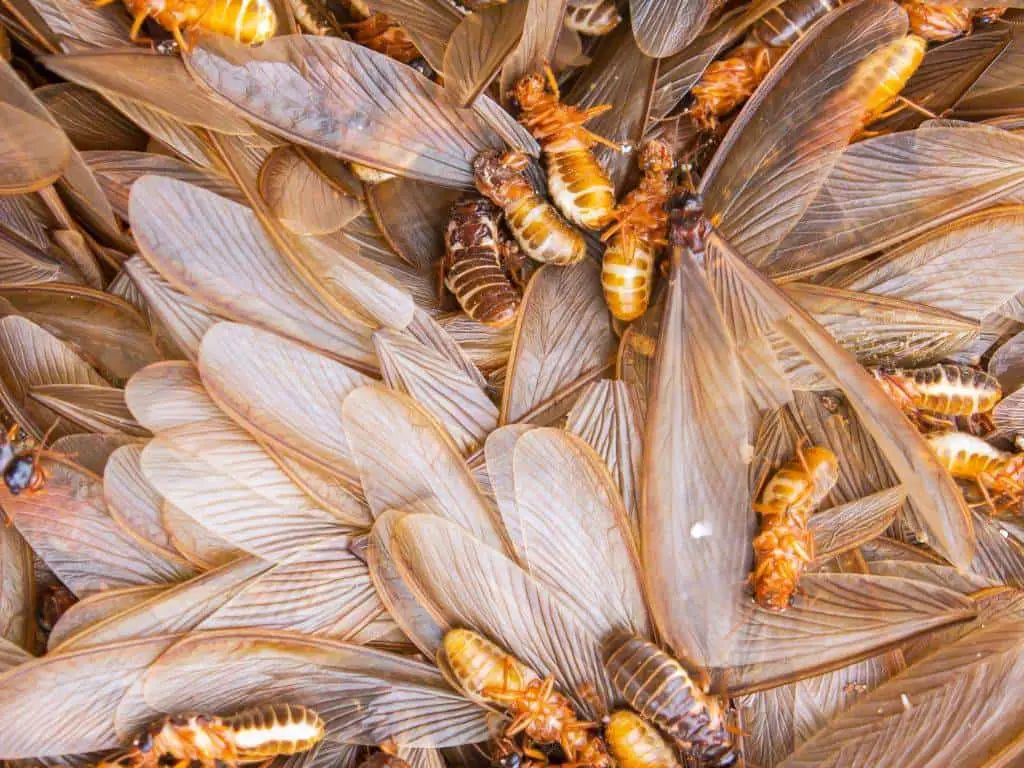
Flying ants leave their nests and swarm to mate, in a phenomenon called the nuptial flight. After pairing up, the swarmers will look for a suitable place to start a new colony. They may end up at your doorstep as they are attracted by light.
Swarming happens on ant or termite colonies that are matured enough. It is triggered by a combination of environmental cues, including temperature, rainfall, humidity, light intensity, wind speed, and atmospheric pressure. These factors influence the synchronization of swarms, causing several nests of the same species to swarm simultaneously.
The female ant alates may mate several times with multiple males. Then, the female ventures out to find a suitable location to begin her colony, entirely on her own. Meanwhile, male ant alates die shortly after mating.
In contrast, termites display a different mating pattern. Male and female termite swarmers find a suitable spot to construct a nest before mating. Unlike ants, the female termite mates with only one male. Together, they collaborate to build their colony, assuming the roles of king and queen.
Following mating, some alates shed their wings, resulting in the presence of shedded wings or wingless giant ants. These remnants serve as visible indicators of recent swarming activity.
Can Alates or Flying Ants Bite or Sting?
In general, alates do not bite or sting. Termite alates lack big mandibles and a stinger to attack humans and pets. While ant alates do have large mandibles, they tend to run rather than biting. Their bites are not dangerous unless you are hypersensitive to ant bites.
When do Flying Ants Come Out?
Depending on species, flying ants or swarmers can come out in day or night, spring, summer or fall. Swarming typically happens once per year for each colony.
Ant Swarmers
Ants can swarm at different months or times, depending on the species and environmental cues.
For instance, carpenter ants (Camponotus spp.) swarm between March to September, and peak in May to June when the temperature is between 24-29 °C (75-84 °F). Meanwhile, pavement ants (Tetramorium spp.) swam between June to July when the temperature is around 20-27 °C (68-81 °F).
Termite Swarmers
Subterranean termites generally swarm in the spring. Depending on species, they may swarm in the evening or day. Formosan and West Indian subterranean termites usually swarm in the evening or night; while the eastern subterranean termites swarm on warm and sunny days. Swarming usually happens after a rain.
How to Get Rid of Flying Ants?
Adjust External Lightings
Both termite and ant alates are attracted to light. To prevent them from entering your house, turn off all the external lighting or change them to warm LEDs. Warm LED lights emit a wavelength that is less visible to insects, making them less attractive to flying ants. By making this simple adjustment, you can significantly decrease their likelihood of being drawn towards your home.
Secure Windows and Doors
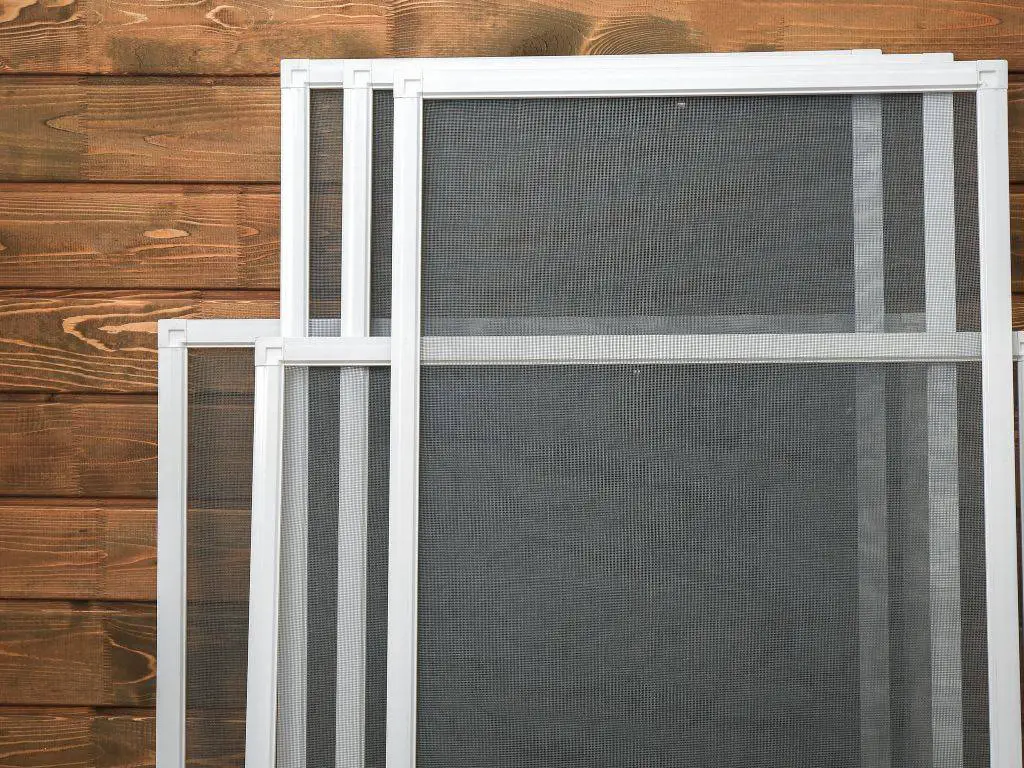
Indoor lighting can also attract the alates. Install screens on windows to prevent the entry of flying ants while enjoying the natural ventilation.
Install Door Sweeps and Sticky Tape
Some alates will make their way into your house through the door gap. If you want to make sure nothing comes in, install a door sweep. You can also put a strip of sticky tape under the door to trap those alates.
Use Light Traps
For those residing near ant or termite nests where swarming is frequent, using a UV light trap, such as Dyna Trap, can be effective. Position the trap away from your home, if possible, to reduce any competing light sources from within your residence.
By using light traps correctly, a big portion of the alates will be eliminated before they find their way to your house.
Soap Water Trap
Another option to kill the alates is by using the soap water method. Add some soap to a bucket of water, and mix them well until all the soap is dissolved.
Place a tray filled with the soap water directly under an outdoor bulb, positioned as close to the bulb as possible. The alates landing on the soap water will drown inside, effectively trapping and removing them.
Vacuum Cleaning
Most of the time, alates do not fly when they are at your house. They are either crawling around the lighting or the floor, in search for a suitable place to establish their colony. As such, they can be easily removed using a handheld vacuum cleaner.
Pesticide Application is Not Recommended
Pesticide spray is not recommended because flying ants are usually a temporary issue. Even without the use of pesticide, most of them will die, unless they can find a suitable spot to build their nests.
Dealing with Flying Ants Emerging from Your House
If you notice flying ants emerging from your house, such as the baseboard, door frame, or backyard, it indicates an infestation within your home. Here’s what you can do to address the issue.
Outdoor Infestation
When alates emerge outdoors, it suggests the presence of a nest. Treating the nest is crucial.
Alates emerging outdoors signifies the presence of a nest. You can effectively address the issue by using suitable pesticides directly on the nest. In the case of ants, consider using ant baits as an alternative to liquid pesticides.
Indoor Infestation
To prevent flying ants from causing a mess inside your house, take immediate action to contain them. You can either use a vacuum cleaner to collect them or employ the soap water trap method mentioned earlier.
After containing the alates, it’s important to deal with the nest accordingly. The approach will differ depending on whether you’re dealing with ants or termites. Refer to the previous section to differentiate between the two.
Ants
Baits are highly effective in eliminating ants. It’s recommended to have both sugar-based and protein-based baits, as ants may have preferences. The whole ant colony can be eliminated by using ant bait, even if you cannot locate the nest. Check out my DIY boric acid bait recipe.
Avoid relying on spraying, as it is generally ineffective unless the queen is directly targeted. Killing the queen is essential, as she will continue to produce offspring to replace the ants eliminated by the spray.
Drywood Termites
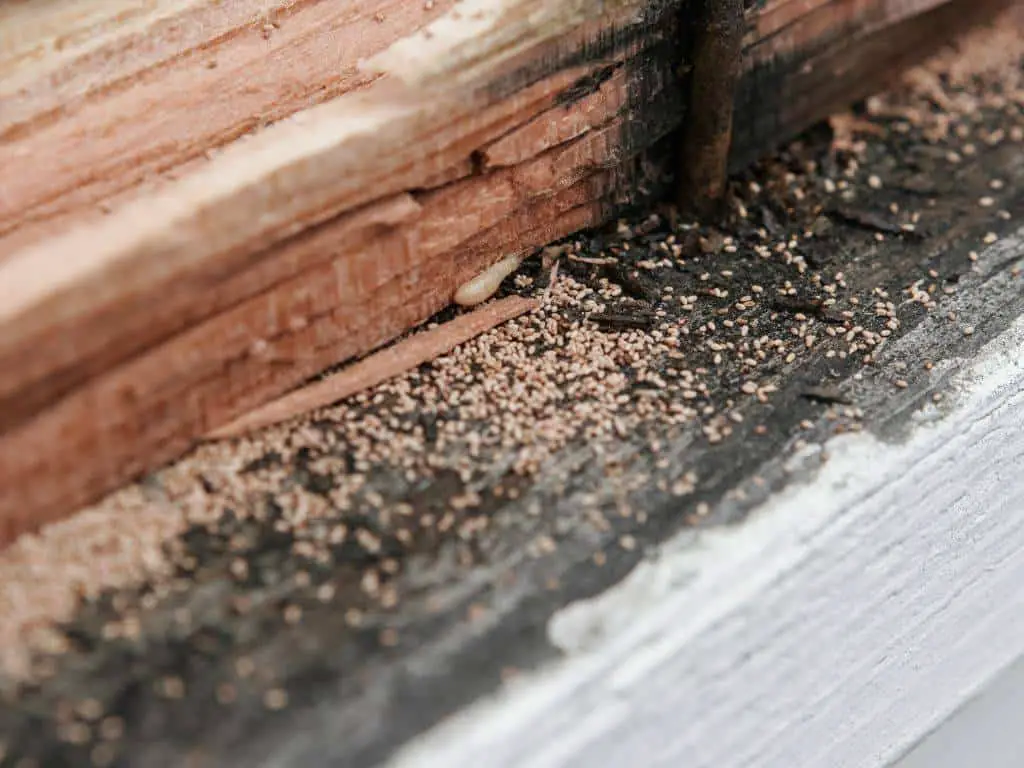
Flying ants originating indoors are often associated with drywood termites. These termites are typically found in wooden furniture. They can be distinguished from subterranean termites by the absence of mud or soil around their harborages.
If economically feasible, consider discarding infested items. Treating drywood termites with termiticide can be challenging, as it requires effective penetration into the wood gallery where the termites reside. When treatment is necessary, opt for a residue termiticide in foam formulation to enhance penetration.
It’s worth noting that essential oil-based products are not effective in this scenario due to their limited residual effect. Moreover, these products are often in liquid form, hindering their ability to deeply penetrate the intricate maze of termite galleries.
Fortunately, drywood termites pose a low threat to homeowners. They primarily infest bare or naked wood, and are unable to infest finished wood structures. Furthermore, the extent of damage is typically smaller compared to subterranean termites, as drywood termites are generally confined to a single piece of furniture and do not spread.
Subterranean Termites
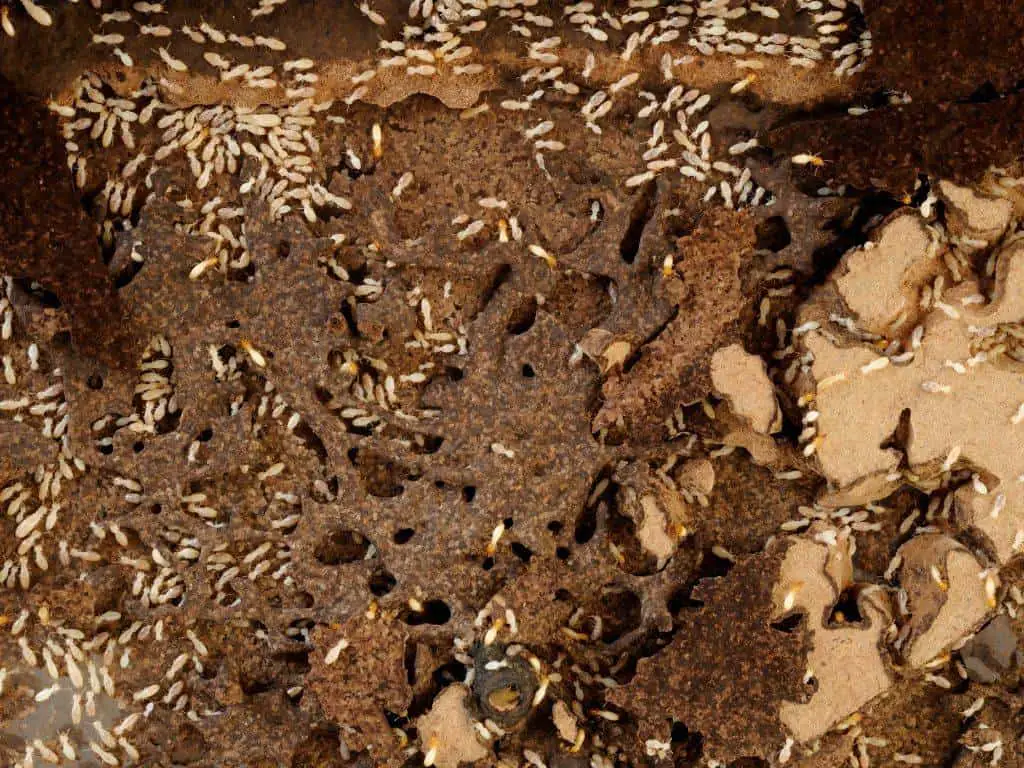
While rare, subterranean termites can establish nests within houses. They are identifiable by the presence of mud and soil around their activity area.
Unlike drywood termites, subterranean termite infestations can spread rapidly and affect both finished and untreated wood structures. Hence, prompt action is necessary.
Try to locate the termite nest. Typically, the nest is located where the alates emerge. Treat it directly with termiticide to eliminate the entire colony.
For hard-to-reach nests, foam formulations are recommended for their ability to penetrate deep into the nest. If the nest is easily accessible, liquid formulations can be used for simpler application.
Recommended Supplies
Terro Liquid Ant Baits
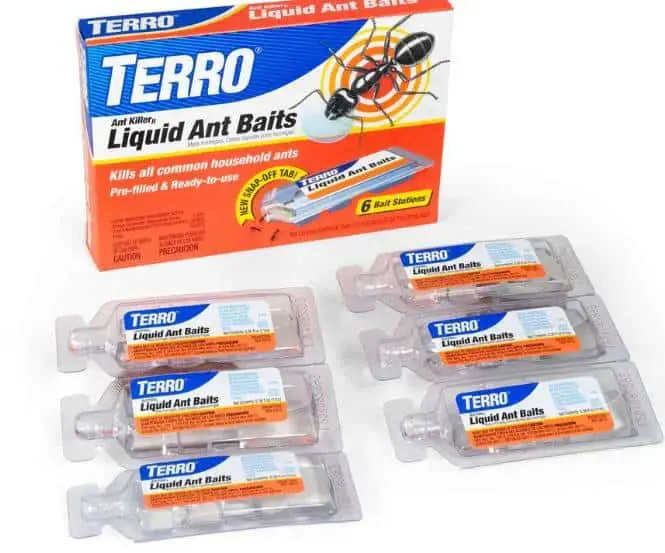
Terro ant bait is a sugar-based ant bait containing borax, a compound commonly used in household cleaning products. It comes in a ready-to-use package, and saves you the hassle of preparing your own DIY bait. Similar to boric acid bait, repeated application is required to eliminate the colony.
Advance 375A Select Granular Ant Bait
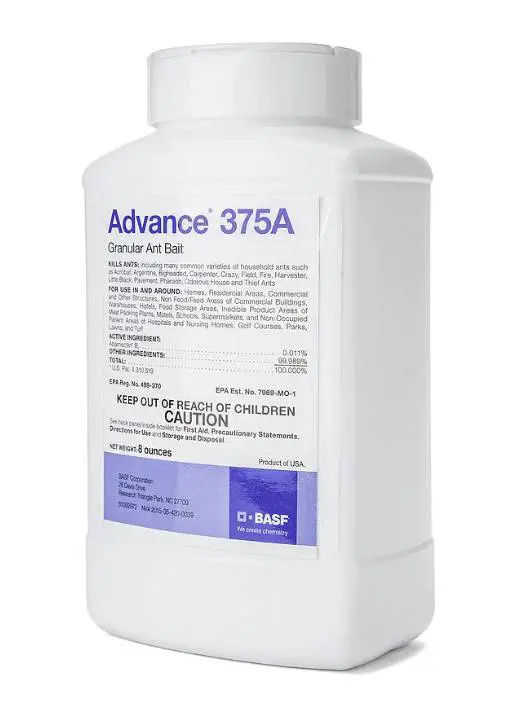
Advance 375A Select is a protein-based ant bait. It contains naturally-occuring abamectin that can slowly kill the ants, and eliminate the ant colony.
Termidor Foam
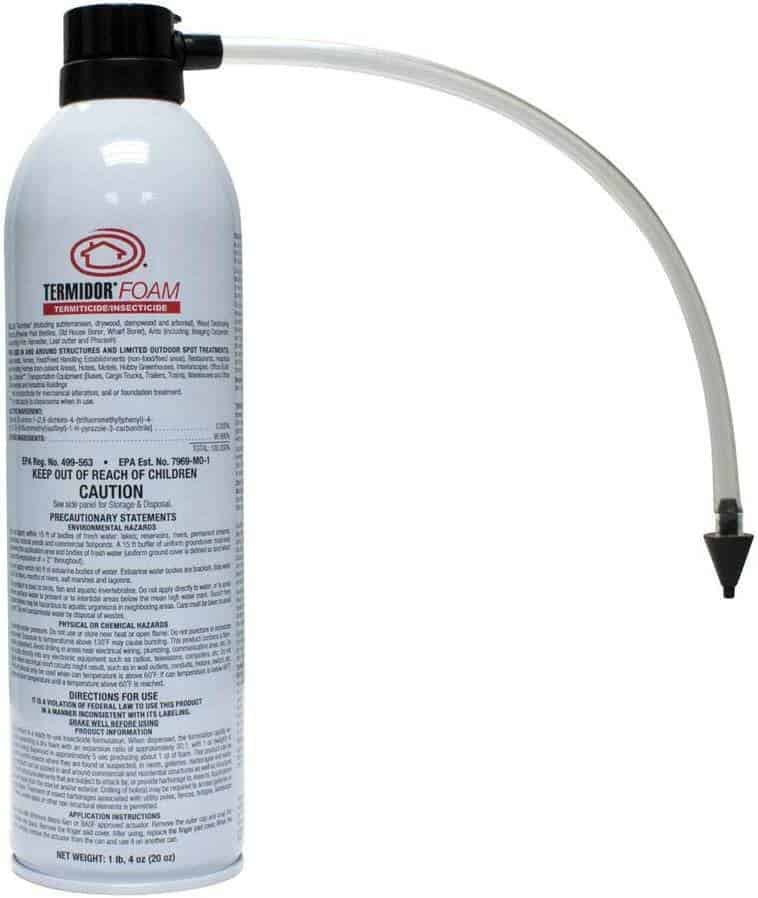
Termidor Foam is a ready-to-use canister for both subterranean and drywood termites, as well as some species of ants. It is suitable for infestation in a structure, where the foam can penetrate well into the complicated wood gallery.
Taurus SC
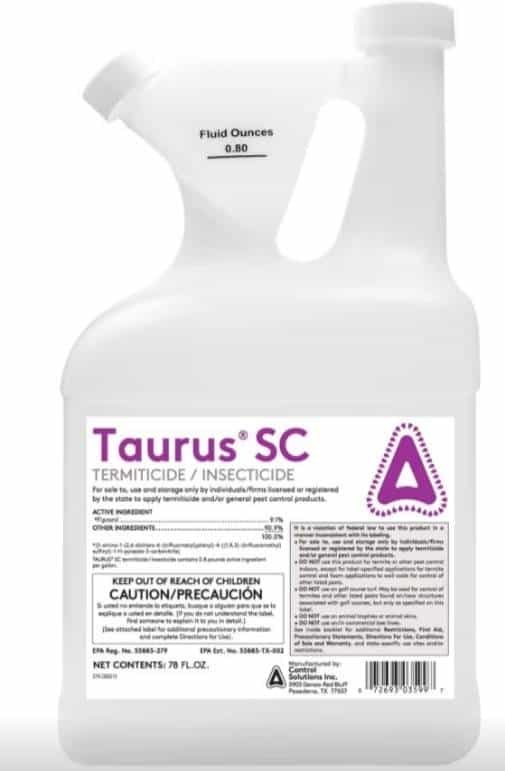
Taurus SC is a budget option for treating termites and ants. It can be used to treat active infestation, as well as the nest. You might not need the full bottle to treat the nest. Leftover can be used to treat the soil around your building perimeter to protect your house against future termite infestation.
